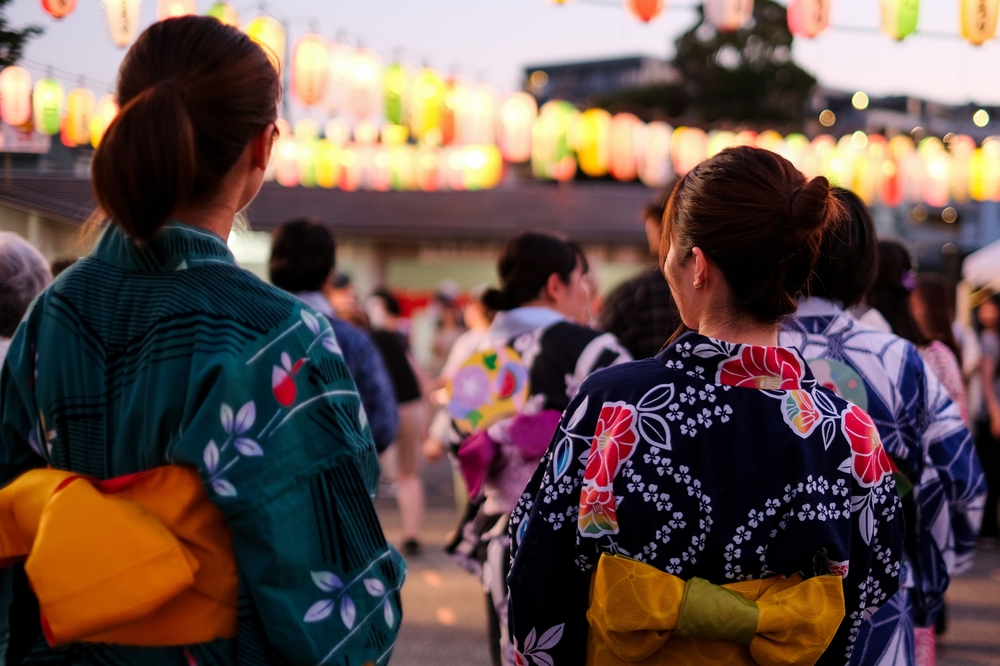Introduction
Cultural diversity appears as an endless source of inspiration in the kaleidoscope of fashion, where creativity has no boundaries and transcends geography. This blog is an engrossing journey into the fascinating world where the many cultures of the world come together to give modern fashion its life. We set out on a journey that unravels the strands of influence woven into the fabric of style, from the complex allure of traditional textiles to the captivating aesthetics that define diverse societies. Come celebrate the melodic symphony of worldly elegance with us as we delve into the distinctive narratives and vivid sources of inspiration that influence the constantly changing global fashion scene. Welcome to a world where creative fashion meets cultural intersections to create a masterful mosaic of expression.
Japanese Minimalism
Japanese minimalism in design is a powerful manifestation of simplicity that has gained appeal on a global scale. Japanese fashion, known for its minimalist design and muted color palette, has left a lasting impression on global catwalks and inspired designers from all over the world. The focus on minimalism takes on a guiding role, generating a visual language that cuts across cultural divides. Japanese minimalism symbolizes more than just a fashion trend; it is an attitude of subtle elegance, as seen in the silhouettes that are so famously influenced by the kimono and the modern takes on traditional clothing. This methodology not only embodies the spirit of Japanese culture, but also bears witness to the timeless appeal of refined simplicity in the dynamic field of international fashion.

Vibrant Indian Textiles
India’s colorful textiles are a tribute to a rich history that has influenced fashion trends all over the world. India’s diverse textile traditions serve as a source of inspiration for designers worldwide, influencing everything from the intricate embroidery of Kashmir to the luxurious silks of Banarasi. These vivid Indian textiles provide a kaleidoscope of colors and complex patterns to modern works of art, resulting in a visual symphony that evokes luxury and cultural opulence. This international fusion honors the long-lasting fashion legacy of the Indian subcontinent while also showcasing the mastery of Indian craftsmanship. Fashion is transformed into a canvas that exquisitely encapsulates India’s cultural diversity through these textiles, allowing the rest of the world to bask in the rich tapestry of its illustrious craftsmanship.
Bold African Prints
African prints, which are characterized by their vivid and expressive patterns, have gained prominence in modern fashion as a representation of the blending of tradition and modernity. These prints, which range from the vivid Ankara to the deeply symbolic Kente, are incredibly patriotic and full of cultural significance. African motifs are being seamlessly incorporated into collections by international designers, demonstrating how what was once local has now transcended borders. This contributes to a global fashion narrative based on authenticity and inclusivity while also celebrating the diversity of cultures across the continent. African prints are incorporated into clothing to transform it into a dynamic storytelling medium that connects people all over the world to the rich tapestry of African culture.
Scandinavian Simplicity
Scandinavian fashion’s rise to international prominence is ascribed to its core principles of simplicity and utility. This aesthetic, which is characterized by straight lines, muted colors, and a steadfast focus on functionality, is recognizable everywhere and cuts across national boundaries. From casual streetwear to the highest level of high fashion, the Nordic influence exhibits a unique cultural ethos. Scandinavian design emphasizes comfort over style, resulting in a well-balanced combination of form and function. It represents a way of living in which each item has a function and embodies a classic elegance that has captured the attention of the fashion industry. This method not only improves the wearer’s experience but also solidifies Scandinavian design as a timeless influence, influencing the global fashion narrative with its subtle yet powerful presence.
South American Bohemian Flair
Within the global style narrative, South American fashion’s bohemian spirit acts as a liberating force. Taking inspiration from the bright colors of Peru and the relaxed shapes of Brazil, South American fashion transforms into a colorful celebration of uniqueness and diversity. Designers incorporate elements that embody the unique and lively flair of Latin America into their creations by drawing inspiration from the region’s vibrant cultural tapestry. This injection of vibrancy and cultural diversity changes runways all over the world, providing a multicolored display that cuts across boundaries. In addition to evoking a worldwide audience to revel in the free-spirited charm that characterizes the heart and soul of this alluring and culturally diverse fashion aesthetic, South American fashion captures the essence of its geographical roots.

Conclusion
The tapestry woven by various global traditions creates a tangible and enriching influence in the complex intersections of fashion. From India’s vibrant textiles to Japan’s elegant minimalism, every cultural thread adds a distinct element to the ever-changing world of fashion. This investigation highlights a shared admiration for the beauty found in other people’s customs, creating a global fashion mosaic that reflects the diversity and depth of the cultures that influence it. Taking up these influences crosses boundaries and makes fashion a global celebration of individuality, creativity, and group beauty. Unity appears in this global symphony of styles, proving that fashion’s real appeal is its capacity to bring together the disparate stories of many cultures.

